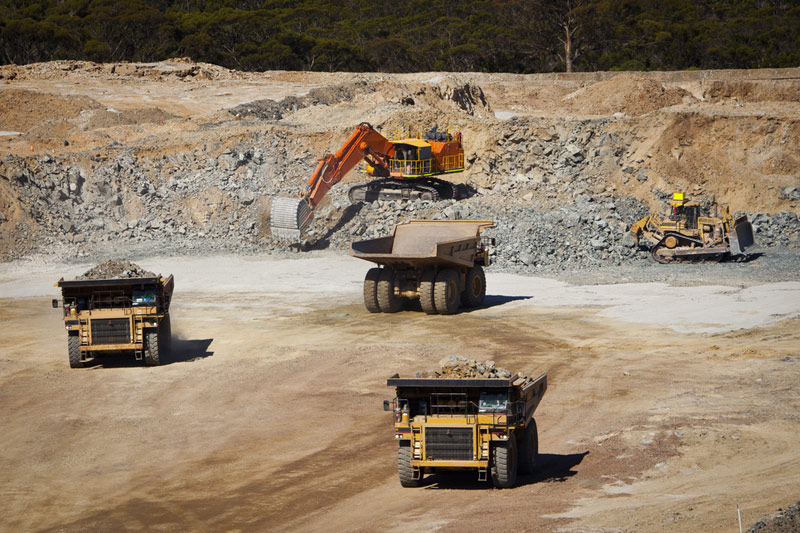Galileo Mining Ltd (ASX:GAL, OTC:GLMGF) has palladium and nickel in its sights in a 5,000-metre aircore drilling campaign at the Norseman Project in Western Australia.
Primary targets are the Mission Sill and Jimberlana prospects, which are around 8 kilometres from the company’s 17.5 million tonnes Callisto resource.
The aircore program will prioritise target zones with either no previous drilling or drilling restricted to shallow laterite occurrences.
Callisto similarities
Encouragingly, Mission Sill has the same ultramafic host rocks as Callisto with an untested prospective basal unit
Galileo managing director Brad Underwood said: “We are excited to kick off this drilling campaign targeting both palladium and nickel at the Mission Sill and Jimberlana prospects.
"These areas, located just 8 kilometres from the significant 17.5 million tonnes Callisto resource, are highly prospective and have the potential to further expand our understanding of the broader mineralisation trends in the region.
"The program will prioritise target zones that have either not been previously drilled or have only seen drilling restricted to shallow laterite occurrences.
"In particular, we will focus on interrogating the lower prospective geological contact over an initial 3-kilometre strike length. This includes the intersection of the Jimberlana Dyke with the Mission Sill, a feature we believe has strong potential for sulphide mineralisation.”
Drilling is scheduled to take three to four weeks to complete with laboratory assays expected to be received three to four weeks after the end of the drilling.
Norseman project location with a selection of mines, resources and infrastructure.
About Mission Sill
Mission Sill is a mafic-ultramafic sill complex parallel to the Callisto sill unit and about 3 kilometres to the east of the southern end of the host sill to the Callisto deposit and about 8 kilometres from the Callisto deposit itself.
Geological prospect mapping at a 1:10,000 scale has accurately identified the basal position of the Mission Sill over a 10-kilometre strike length.
This zone has not been targeted for palladium or platinum with previous drilling restricted to shallow laterite drilling, base metal targets and PGE drilling within the centre of the sill.
Positive fertility signs have been recorded from the central part of the Mission Sill which was drilled prior to the discovery of Callisto in 2022.
Anomalous palladium/platinum results reported in early 2022 include 8 metres at 1.44 g/t 2E (palladium + platinum), 20 metres at 0.32 g/t 2E, 7 metres at 0.40 g/t palladium and 18 metres at 0.29 g/t palladium.
Following the Callisto discovery and the company's increased understanding of the prospective geology, the basal unit of the Mission Sill is now recognised as having the greatest capacity for Callisto-style sulphide deposits.
Untapped potential
"We’re encouraged by the geological similarities between the Mission Sill and Callisto, which share the same ultramafic host rocks, and we’re optimistic about the untapped potential in these areas,” Underwood said.
Galileo’s aircore program will interrogate the lower prospective contact over an initial 3-kilometre strike length and includes the intersection of the Jimberlana Dyke with the Mission Sill, which is interpreted as another location with potential for sulphide mineralisation.
"With a healthy ~$12 million cash balance, Galileo remains in a strong financial position ensuring we are fully funded to undertake all planned activities and able to maintain our focus of advancing exploration efforts and unlocking value at Norseman,” the MD added.
